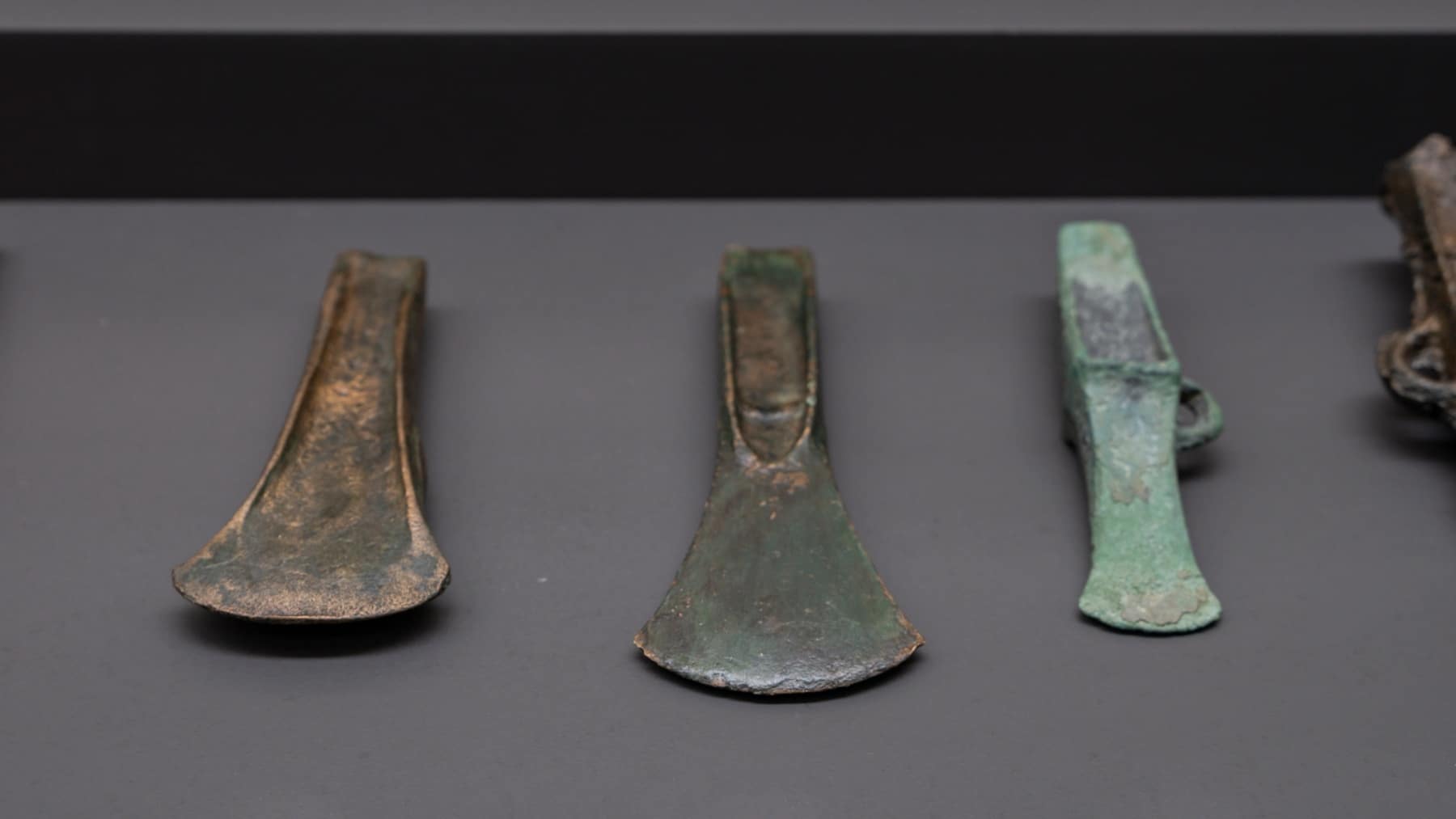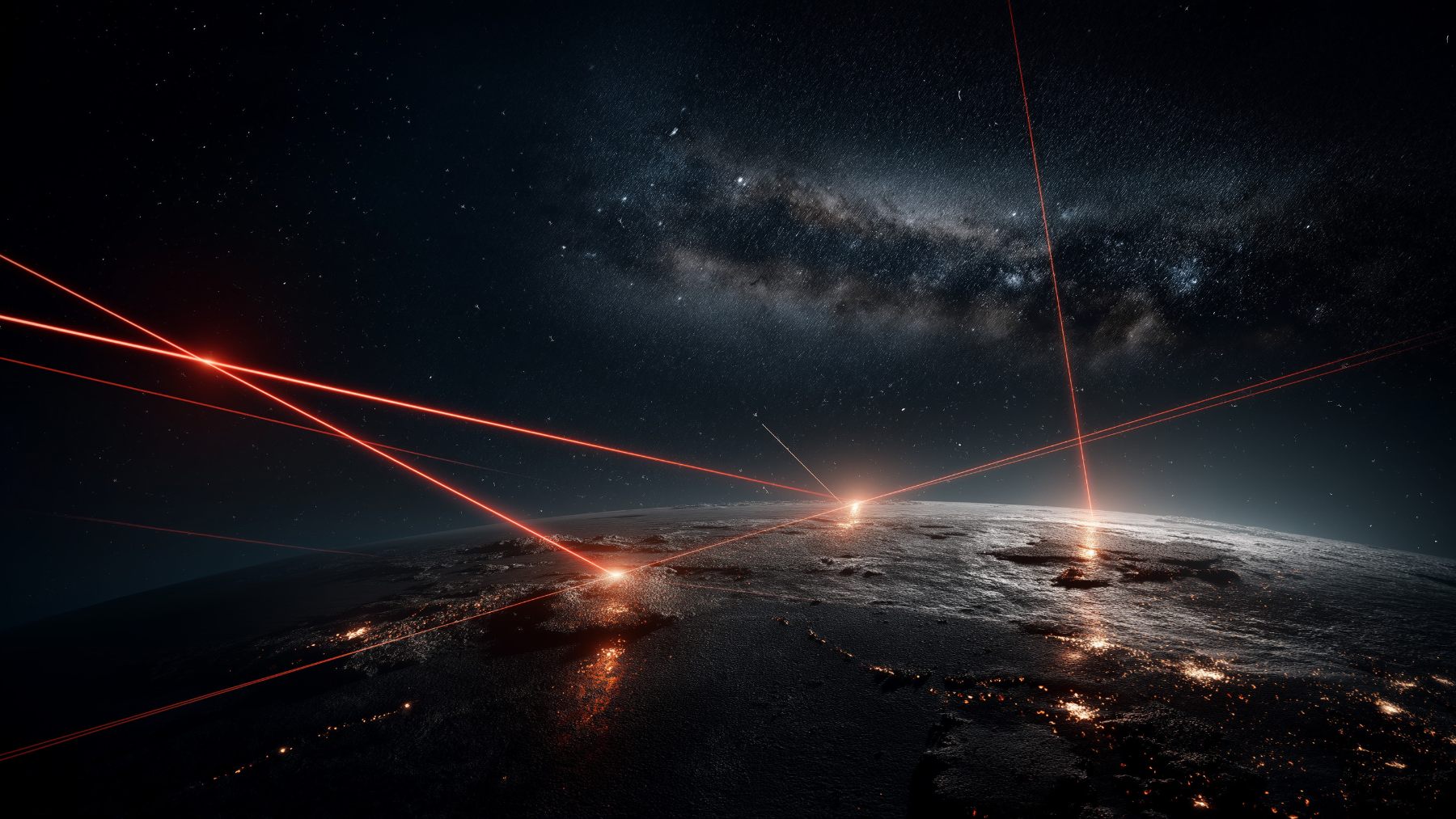Italy is a peninsula closely linked to volcanic activity. We all know about the tragedy of Pompeii, but it seems that more human settlements throughout human history have been affected by cataclysms. In central Italy, archaeologists have discovered a thousand-year-old settlement where time stood still. It is not a museum, nor is it a ruin exposed to the sun.
It lies, as if in a fairy tale, at the bottom of Lake Mezzano, a calm body of water in the Lazio region, near Viterbo. Beneath the dark waters of this volcanic lake lie the remains of an entire Bronze Age civilization that has not seen the light of day for three millennia.
The Bronze Age village
This is nothing less than the intact heart of a sophisticated village built on wooden stilts. Archaeologists date the settlement to between 1700 and 1150 BC. Lake Medrano is home to the Latera volcanic caldera. Thanks to this, the settlement has been preserved to this day. Not only did its waters cover the village, but the dense mud at the bottom is anoxic—lacking oxygen—so the wood and metal have not decomposed despite being underwater for millennia.
However, this is not all good news, as underwater archaeologists face a daunting task. To reveal the structure, they have had to use suction hoses to carefully remove the compacted sediments. Once they were able to excavate in such a laborious manner, they managed to map 600 wooden posts protruding from the mud. These piles are the remains of what was once a stilt house, a house built on stilts on the shore or on the water itself. This denotes an incredibly ingenious level of architecture for the time, as it protected the house from flooding and possible land attacks. It is suspected that these 600 posts are only 1/3 of the total extent of the settlement.
The Bronze Treasures
But archaeologists have not only found wooden posts, they have also been able to recover 25 well-preserved bronze artifacts that are a time capsule of the daily life of our ancestors. This thousand-year-old treasure trove tells us about a well-equipped society: axes, spearheads for the home or combat, brooches, rings, and needles.
In addition, bronze ingots have been recovered, indicating that the inhabitants of Mesa not only used metal in their daily lives, but were also active producers. Archaeologists suspect that the village functioned as a metallurgical production center, with smelting workshops to transform the raw material that helped us advance as a civilization.
Bronze Age Revolution
To understand the lives of the inhabitants of this settlement, one must first understand why bronze was the definitive metal of their era. Bronze is an alloy, a mixture of copper and tin. Pure copper is abundant but very soft; a copper weapon bends easily and is not useful.
The great breakthrough for humans was discovering that adding 10% tin created a much harder and more resistant product. It also has a lower melting point, which simplifies smelting and allows for the creation of finer and sharper weapons and tools.
Such was the impact of this metallurgical discovery that we call this entire age of humanity the Bronze Age. Its technological superiority transformed both agriculture and warfare.
The End of the Village
The remains found allows us to make conjectures about its social organization. It seems that this settlement was important within the area, and it also appears to have been home to a community of more than 100 inhabitants, indicating that it was a regional center of trade. The ability to accumulate objects of war and produce their own mental suggests that it was a hierarchical society. Something as simple as decorative objects and needles confirm that a complex domestic life already existed and that carpentry and weaving were well established.
However, this village seems to have had a dramatic end: many artifacts show signs of having been in a fire before sinking. They are also mixed with volcanic rocks. For now, the two most likely hypotheses are a large fire that collapsed the wooden structures, or a lava flow that swept away the shore and dragged the remains to the bottom. Ironically, the tragic end was what best preserved them.








